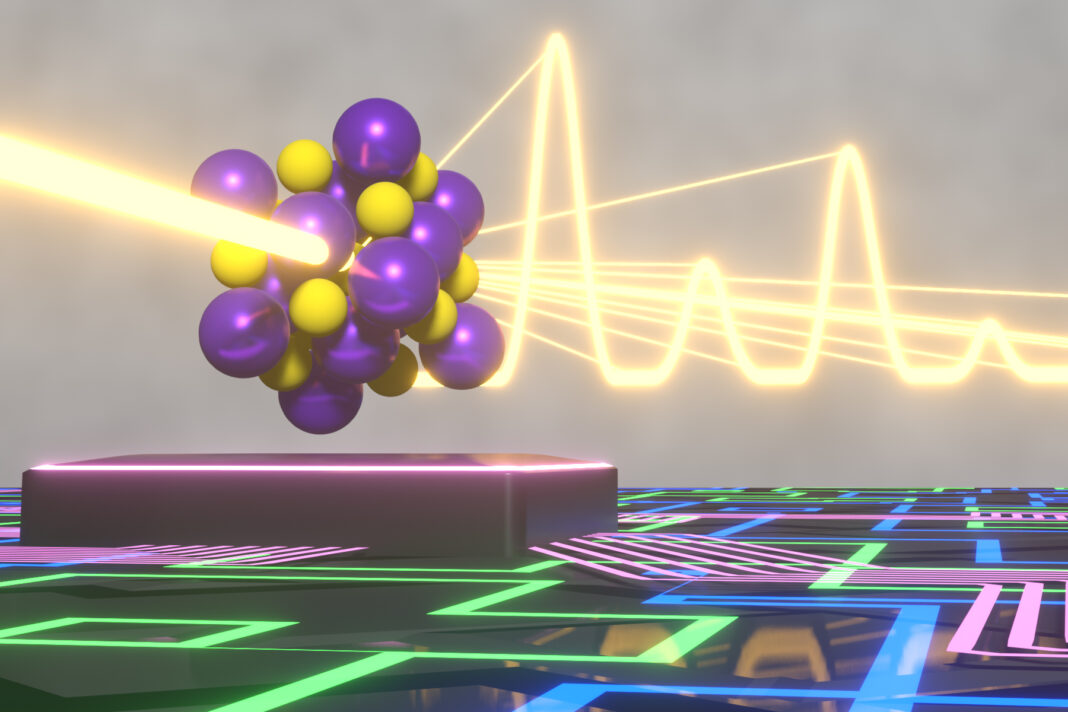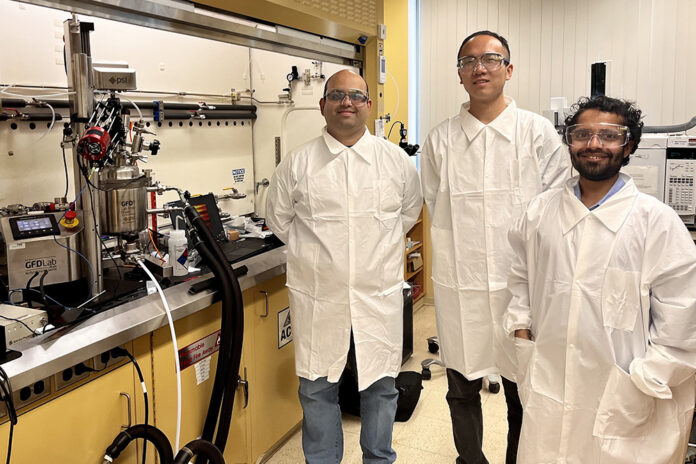In Short:
MIT chemists have developed a new AI model, called Crystalyze, to help determine the structures of powdered crystalline materials, which are difficult to analyze using traditional methods. This model can predict structures from X-ray diffraction patterns and has achieved 67% accuracy. The breakthrough could benefit various fields, aiding in the creation of new materials for batteries and magnets.
For over a century, scientists have employed X-ray crystallography to elucidate the structure of crystalline materials such as metals, rocks, and ceramics. This method is most effective when the crystal remains intact; however, many times researchers only possess a powdered version of the material, featuring random fragments that complicate the task of reconstructing the overall structure.
In response to this challenge, researchers from MIT have developed an innovative generative AI model designed to facilitate the determination of structures within powdered crystals. This predictive model could be instrumental in helping scientists characterize materials for diverse applications, including batteries and magnets.
“Understanding structure is fundamental for any material. It is critical for superconductivity, magnetism, and for determining properties of photovoltaic materials. It influences virtually all applications related to materials science,” states Danna Freedman, the Frederick George Keyes Professor of Chemistry at MIT.
Freedman, along with Jure Leskovec, a professor of computer science at Stanford University, leads the study published today in the Journal of the American Chemical Society. The report’s lead authors are Eric Riesel, an MIT graduate student, and Tsach Mackey, an undergraduate at Yale University.
Understanding Crystalline Structures
Crystalline materials, encompassing metals and most inorganic solids, comprise lattices of identical, repeating units. These units can be envisioned as “boxes” of distinctive shape and size, impeccably arranged with atoms.
When X-rays interact with these lattices, diffraction occurs at varying angles and intensities, yielding crucial information regarding atomic positions and interatomic bonds. This technique has been employed since the early 1900s to analyze materials, including biological molecules with crystalline structures such as DNA and certain proteins.
However, deciphering structures becomes considerably more complex for materials that exist solely in powdered form, as the fragments lack the complete three-dimensional structure of the original crystal. “The precise lattice remains intact, since what we refer to as powder is fundamentally a collection of microcrystals that maintain the same lattice as a large crystal but are randomly oriented,” explains Freedman.
Numerous materials have existing X-ray diffraction patterns that remain unsolved. To tackle these, Freedman and her team harnessed machine learning to train their model, Crystalyze, using data from the Materials Project, which catalogs over 150,000 materials. This involved inputting tens of thousands of materials into an existing model to simulate X-ray diffraction patterns, subsequently using these patterns to train their AI model.
The model divides the structure prediction process into several subtasks. Initially, it identifies the size and shape of the lattice box and the atoms to include. Next, it predicts the atomic arrangement within this box. For each diffraction pattern, the model generates multiple possible structures, which can then be verified against a model that predicts diffraction patterns for specific structures.
“Our model is generative in nature, enabling it to create predictions for previously unseen configurations, allowing for the generation of numerous plausible structures,” Riesel notes. “We can generate multiple guesses and verify accuracy by confirming if the predicted powder pattern matches the input.”
Advancements in Structure Determination
The researchers validated their model against thousands of simulated diffraction patterns from the Materials Project, as well as over 100 experimental diffraction patterns drawn from the RRUFF database, which contains powdered X-ray diffraction data for nearly 14,000 natural crystalline minerals not used in model training. Their model proved accurate approximately 67 percent of the time. Following this validation, they applied the model to previously unsolved diffraction patterns from the Powder Diffraction File, which includes data on over 400,000 solved and unsolved materials.
Utilizing their model, the team successfully proposed structures for more than 100 patterns that had not been resolved previously. Additionally, they identified structures for three novel materials synthesized by forcing nonreactive elements under high pressure, yielding compounds with distinct crystal structures and physical properties, while maintaining the same chemical composition.
Examples of such phenomena include the contrasting structures of graphite and diamond, both composed of pure carbon. The newly developed materials, which contain bismuth and another element, hold promise for the development of advanced materials for permanent magnets.
“Our work has uncovered numerous new materials from existing data, and importantly, we resolved three unknown structures from our lab that constitute the first new binary phases involving those specific element combinations,” Freedman remarks.
The capability to determine the structures of powdered crystalline materials is poised to benefit researchers across virtually any field related to material sciences. The MIT team has made their model accessible via a web interface at crystalyze.org.
This research received funding from the U.S. Department of Energy and the National Science Foundation.





